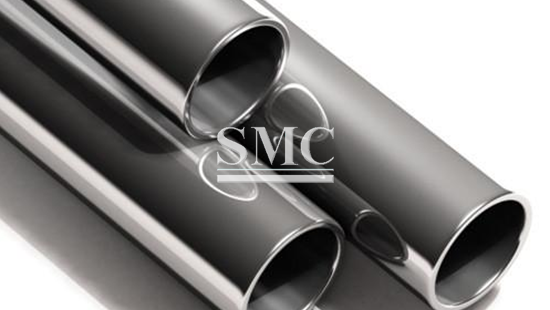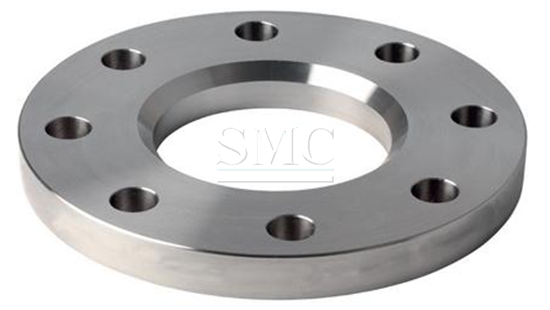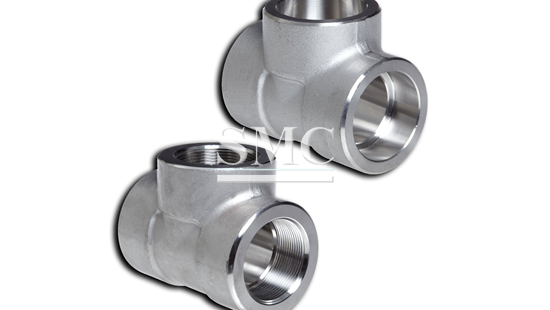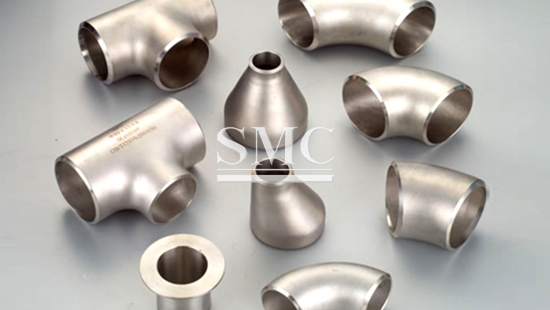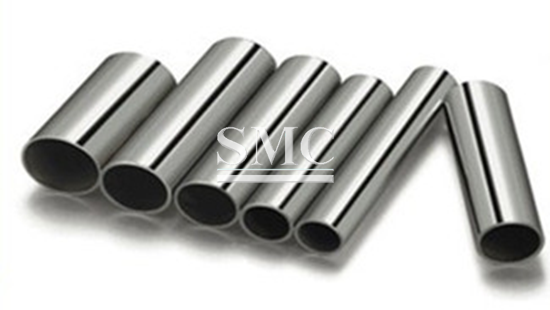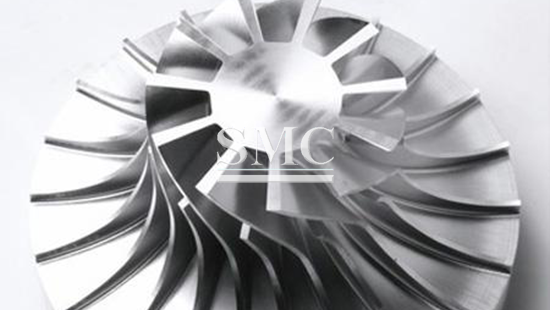
- Company overview The heart of SMC Vision & Philsophy Partnership Certifications Company culture
- Our service Design and Engineering Maintenance and Service Examine Production Line Upgrade and Transformation Storage and Logistics Processing, Trading and Distributor
- Management Our history Global responsibility Info Center
- Procurement center Internship
- Metal Steel Products Stainless Steel Products Aluminum Products Copper Products Galvanized Steel and PPGI Special Alloy Building Material
- Containers ISO Standard Container Equipment Container Storage Container Refrigerated/Reefer Container Offshore Container Container House Tank Container Container Fittings Container Trailer
- Gas Cylinder & Fire Extinguisher Cryogenic Liquid Cylinder Oxygen Gas Cylinder Storage Tank CNG Gas Cylinder LPG Gas Cylinder Hydrogen Gas Cylinder Nitrogen Gas Cylinder Industry Gas Cylinder Fire Extinguisher
- Metal Machinery Forming Machine Cutting Machine Processing Machine Bending Machine Block Machine Other Machinery Motor Spare Parts
- Mechanical Products Miscellany Mooring Equipment Marine Equipment Vehicle Industry Pressure Vessel Conveyor Belt Laser Equipment Bearing
- Electrical System Power Distribution Automation Electrical Cable Solar Power System Electric Protection System Transformer Production Line Lighting System
- Project Plastic Pipes and Pipe Fittings Fiberglass Reinforced Plastic Pontoon System
Inconel X750
Model Number: Inconel X-750, GH4145, N07750
Shape: Forging & Cold Drawn
Standard: ASTM ASME
Shanghai Metal Corporation is a professional manufacturer and supplier of Inconel X-750 products with high quality and reasonable price.
If you want to know more about price of Inconel X-750 products, please feel free to contact us, we will reply you within 24 hours.


1. Chemical composition

2. Physical properties

Shanghai Metal Products are packed and labeled according to the regulations and customer's requests. Great care is taken to avoid any damage which might be caused during storage or transportation.
In addition, clear labels are tagged on the outside of the packages for easy identification of the product I. D. and quality information.
1)Shanghai Metal Standard
2)Customization
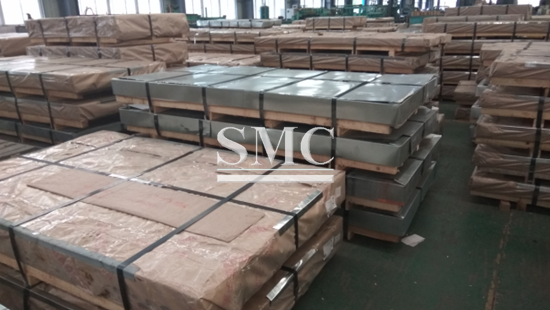
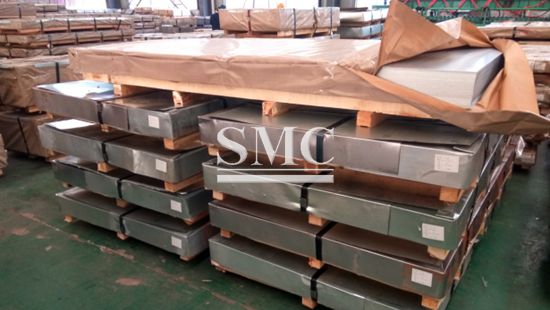
1. Heating and Pickling
Heating: To avoid thermal cracking, localized heating is not recommended. The entire part should be heated to the hot-working temperature. Alloy X-750 should be air-cooled after heating. Liquid quenching is not recommended, particularly for large sections or complex parts because it can set up stresses that may cause thermal cracking during subsequent heating. Very large sections may require furnace cooling. The heat treatments most often used for alloy X-750 have been identified in the section on Mechanical Properties. When heated at intermediate temperatures (in the range of about 900° to 1600°F), INCONEL alloy X-750, like other precipitation-hardenable alloys, is hardened rather than softened. If annealed or solution-treated alloy X-750 is placed in service in this temperature range (although this is not usually done), the alloy will harden and contract slightly. In addition, ductility is lowered if alloy X-750 is exposed in this range under stress. Optimum schedules for precipitation hardening are given in the section on Mechanical Properties. Depending on end use, material can be precipitation-treated in the solution-treated, annealed, hot-worked, or cold-worked condition. For service below about 1100°F, in some cases higher strength is obtained by combining some cold work with precipitation treating. Heat treatments used in conjunction with welding alloy X-750 are discussed later under “Joining”.
2. Pickling
Heat-treated INCONEL alloy X-750, like nickelchromium alloys in general, forms oxide films even when heated and cooled in atmospheres that keep other types of alloys bright. (It can be bright-annealed only in very dry hydrogen or argon, or in a vacuum.) Oxide or scale is therefore the usual surface condition for pickling. Pretreatment in a fused salt bath is strongly recommended for most effective removal of scale. A nitric-hydrofluoric acid pickling bath, however, can be employed directly for removal of some types of scale. INCONEL alloy X-750 is subject to intergranular attack in this solution, particularly if the alloy is in the precipitation-hardened condition. Time in bath should be kept to a minimum. Bath temperature is critical; maximum temperature should not exceed 125°F. The pickling tank must be properly ventilated because the fumes are toxic. For appropriate pickling procedures refer to the “Fabricating” publication mentioned above. Scale can be successfully mechanically removed by barrel tumbling, fine-grit and vapor blasting.
3. Fabricating
INCONEL alloy X-750 is readily fabricated by processes common to industry. Procedures and tools must be selected that will be appropriate for its high strength and characteristic strain-hardening rates.
Hot Forming: Sufficiently powerful equipment is important when hot-forming alloy X-750 because of its resistance to deformation. The recommended temperature range for hot working alloy X-750 is 1800°-2200°F range. All heavy hot working should be done above 1900°F. Forgings can be finished with some light reduction in the 1800°-1900°F range. Below 1800°F the metal is stiff and hard to move, and attempts to work it may cause splitting. Steam hammers are well suited for working INCONEL alloy X-750 since the work can be handled rapidly with a minimum of chilling. When the alloy is forged on presses, the metal is in contact with the dies or blocks for a relatively long time, and the surface layers may be chilled to temperatures below the correct hot-working range. The work should be reheated as often as may be needed to maintain uniform temperature throughout the piece and to avoid rupture arising from localized chilling. Approximately 20% final reduction should be done below 2000°F to ensure meeting the requirements of AMS 5667, 5670, 5671, and 5747.
Cold Forming: INCONEL alloy X-750 is successfully cold-formed by a variety of processes. To guard against rupturing, care must be taken to incorporate sufficient anneals when a forming operation consists of successive reductions.
4. Machining
INCONEL alloy X-750 is machined at practical and economical rates. Because of precipitation-hardened alloy X-750’s high strength and hardness, rough machining is usually done before precipitation hardening. Finish machining then follows precipitation treating. Precipitation hardening relieves machining stresses; therefore, allowance must be made for possible warpage. A slight permanent contraction takes place during precipitation treating, but precipitation treated material has good dimensional stability. Accurate dimensions and a good finish will result from following these practices.
5. Joining
Welding processes recommended for alloy X-750 are gastungsten-arc, plasma-arc, electron-beam, resistance, and pressure-oxyacetylene welding. In welding INCONEL alloy X-750 by the gas-tungstenarc process, INCONEL Filler Metal 718 is used. Joint efficiencies are nearly 100% at room temperature and 80% at 1300°-1500°F, based on the results of stress-rupture tests.
Alloy X-750 should be in the annealed or solutiontreated condition prior to welding. It is possible to weld it when it is in the precipitation-treated condition, but neither the weld or the heat-affected zone should be subsequently precipitation-treated or exposed to service temperatures within the precipitation-hardening temperature range because of the danger of parent-metal cracking. If alloy X- 750 has been precipitation-hardened and then welded and is expected to be exposed to precipitation-treating temperatures during service, the weldment should be annealed or solution-treated and re-precipitation-treated. In all cases, care must be taken during assembling and welding to minimize high stresses. Alloy X-750 weldments should be solution-treated prior to precipitation treating. Rate of heating of the weldment up to temperature must be fast and uniform to keep to a minimum time of exposure to temperatures in the precipitation-hardening range. The most practical means of obtaining the rapid heating rate is to charge the fabricated part to a preheated furnace. Sometimes preweld heat treatments will be beneficial – in cases where material to be welded is in restraint or if the weldment is complex, and especially if the assembly is too complicated for carrying out a postweld anneal. Two preweld treatments that have been proved effective are: 1. 1550°F/16 hr, A.C. 2. 1950°F/1hr, F.C. at a rate of 25°-100°F/hr to 1200°F, A.C. Repair welding of parts that have been in service should be followed by solution treating (heating rapidly through the precipitation-hardening range) and re-precipitation treating. Interbead or interlayer cleaning must be provided to remove the oxide films that form during welding. (Complete protection of the weld metal by gas-shielded processes is difficult to achieve.) If these films are not removed periodically, they can become sufficiently heavy to interfere with proper fusion and reduce joint strength. Power wire brushing serves only to polish the oxide surface; the weld bead must be abrasive-blasted or -ground. Frequency of cleaning depends on how much oxide has accumulated. All grit must be removed before welding is resumed. INCONEL alloy X-750 may be brazed by conventional procedures using many of the commercial brazing alloys. Precipitation treating, if desired, must take place after brazing; therefore, an alloy should be selected that melts above precipitation-treating temperatures. Nickel-base brazing alloys are particularly useful with alloy X-750. Alloy X-750 is readily joined by spot, projection, seam, and flash resistance welding processes. Equipment must be of adequate capacity. In general, alloy X-750 is resistance welded in the annealed or solution-treated condition.
here
for
price
